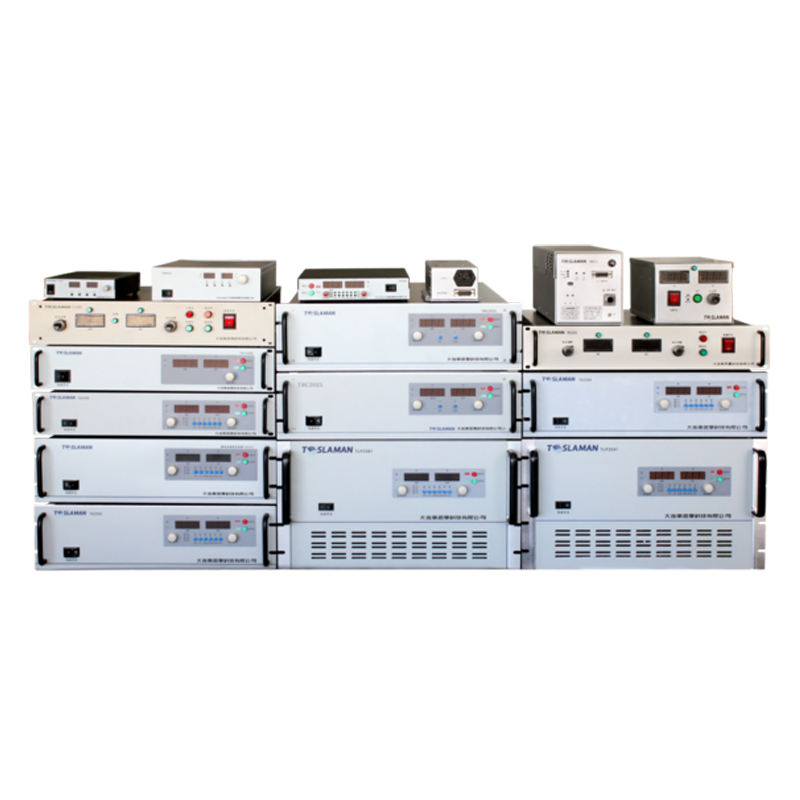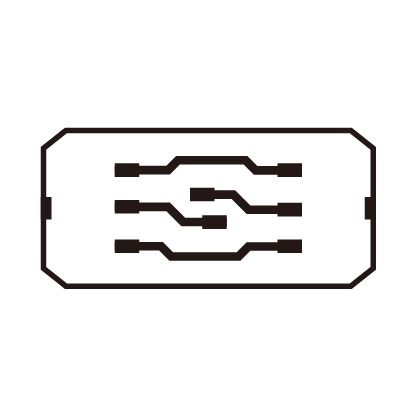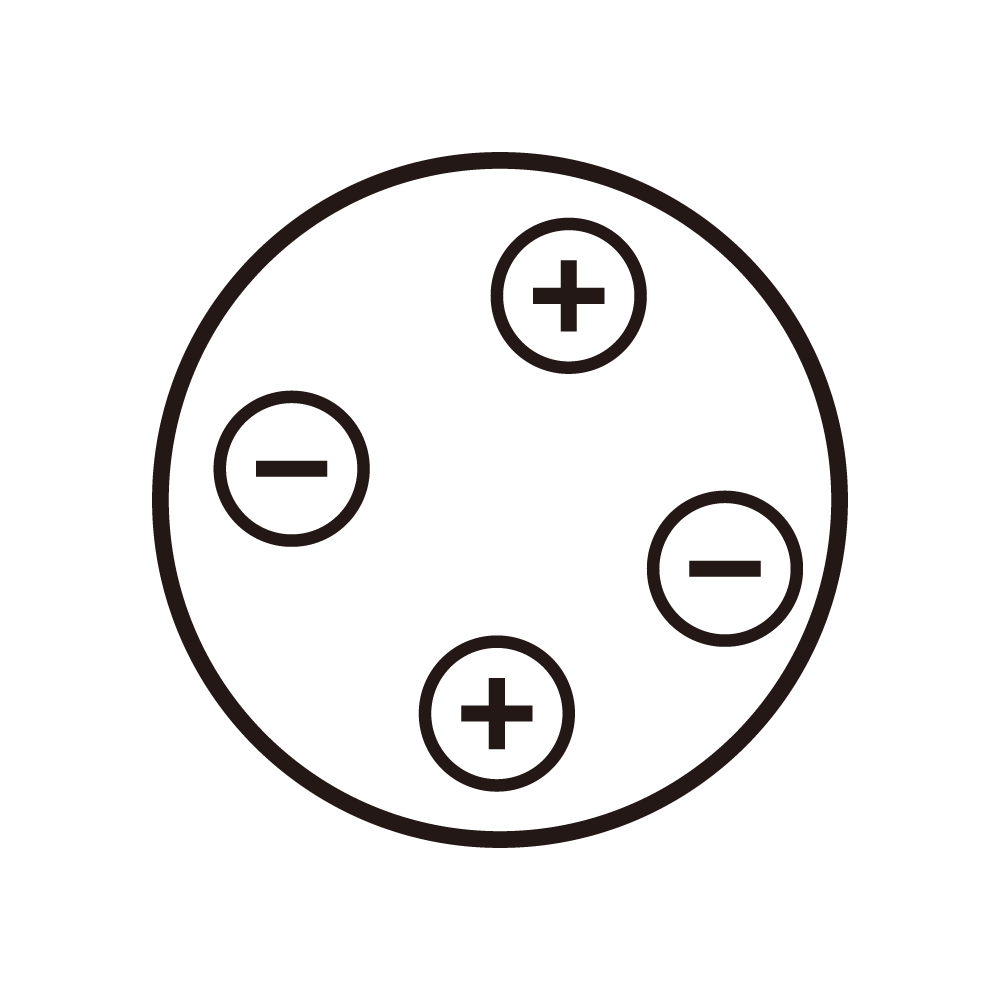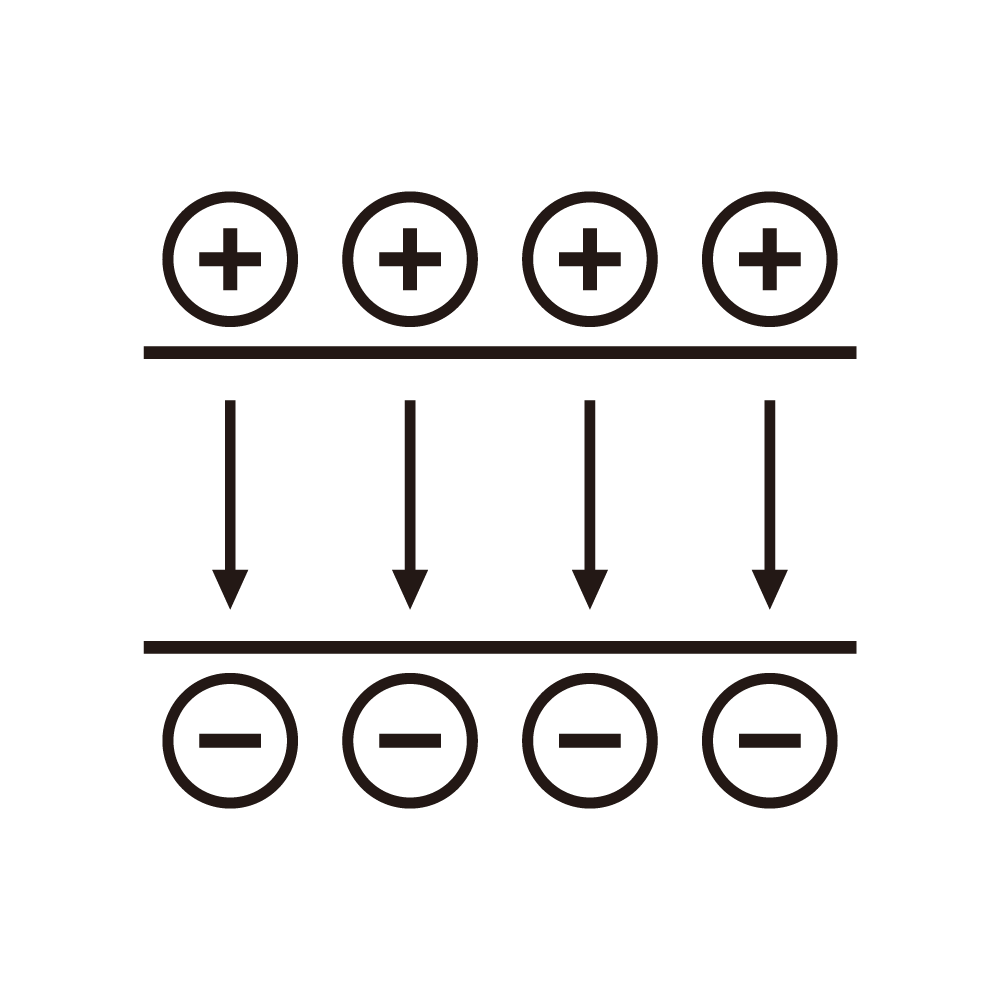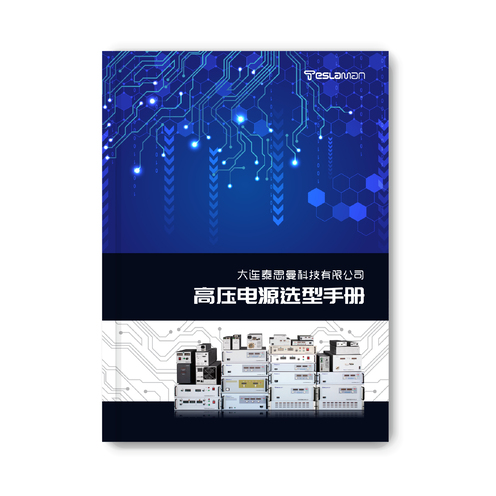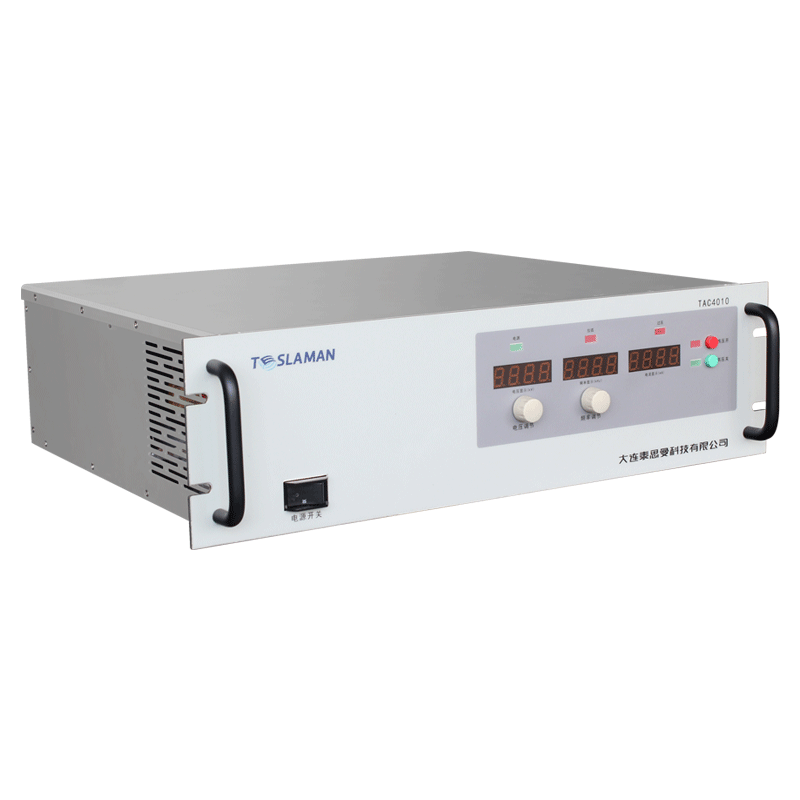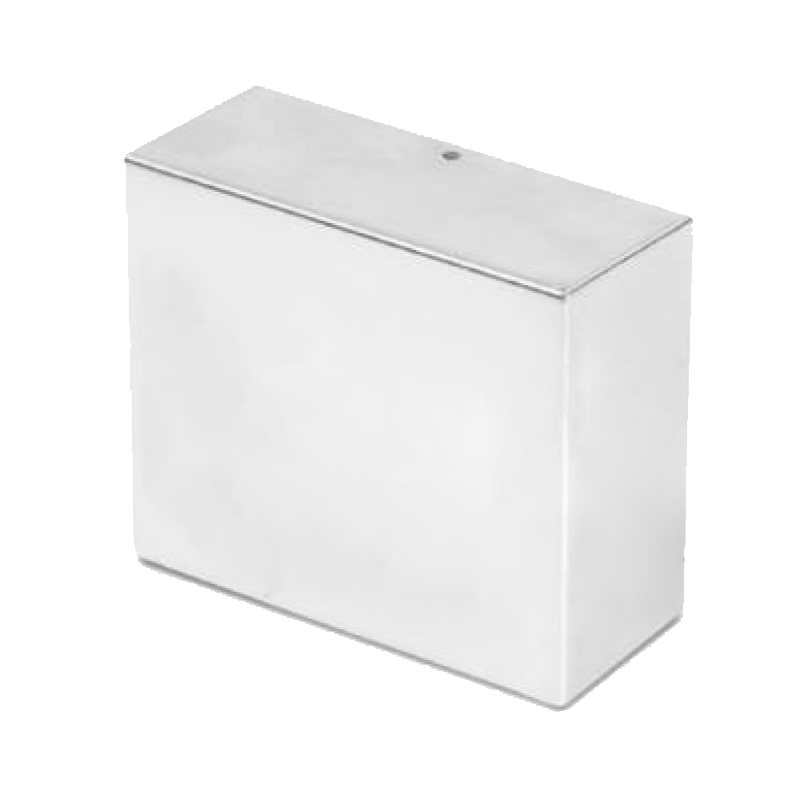The Mechanism of Positive-Negative Switching High-Voltage Power Supplies
In numerous advanced scientific research and industrial applications, positive-negative switching high-voltage power supplies have become indispensable key components due to their unique functional characteristics. They can flexibly achieve rapid conversion of the output voltage polarity under different working requirements, meeting the complex and diverse load demands. A deep understanding of their working mechanisms is of great significance for optimizing power supply performance and expanding application scenarios.
Basic Principles
The core principle of positive-negative switching high-voltage power supplies is based on power electronics conversion technology. It uses specific circuit topologies to convert the input DC or AC power supply, thereby achieving the switching of the output voltage polarity. Essentially, this involves precise control of the current flow direction and voltage amplitude. In the case of DC input, by controlling the on and off sequences of power switch devices, the current flow path in the circuit is changed, and thus the polarity of the output voltage is altered. For example, using full-bridge or half-bridge circuits, when different combinations of switch tubes are turned on, the current can flow through the load in different directions, realizing the output of positive and negative voltages.
Circuit Structure
The circuit structure of positive-negative switching high-voltage power supplies is usually relatively complex and consists of multiple functional modules. In addition to the basic power conversion module, it also includes an input filter module, an output filter module, and a control module. The input filter module is used to remove clutter and interference in the input power supply to ensure the stability of the input. The output filter module smooths the output high voltage, reduces ripple, and improves the quality of the output voltage. The control module is the "brain" of the entire power supply. It is responsible for monitoring the status of the output voltage and current. According to preset commands or external signals, it precisely controls the actions of power switch devices to achieve fast and accurate positive-negative voltage switching. For example, using a Digital Signal Processor (DSP) or a Field-Programmable Gate Array (FPGA) as the control core, and by writing corresponding control algorithms, efficient control of the power supply can be achieved.
Control Strategies
To ensure the stable and reliable operation of positive-negative switching high-voltage power supplies, advanced control strategies need to be adopted. Common control strategies include Pulse Width Modulation (PWM) and Pulse Frequency Modulation (PFM). PWM controls the magnitude of the output voltage by adjusting the on time of power switch devices. During the positive-negative switching process, the polarity and amplitude of the output voltage are precisely controlled by adjusting the duty cycle and phase of the PWM signal. PFM adjusts the output by changing the switching frequency of power switch devices. During positive-negative switching, the frequency change is used to adapt to different working states. In addition, feedback control technology can be combined to monitor the output voltage and current in real-time, compare the actual values with the set values, and adjust the control signals according to the deviations, thereby ensuring the stability and accuracy of the output.
Application Fields and Advantages
Positive-negative switching high-voltage power supplies are widely used in many fields. In fields such as electron beam processing, electrostatic precipitation, and mass spectrometry analysis, they can provide high-voltage power supplies that meet different process requirements. For example, in electron beam processing, the focusing and deflection of the electron beam can be precisely controlled through a positive-negative switching high-voltage power supply, improving processing accuracy and efficiency. Its advantage lies in its ability to adapt to different load demands, reducing the complexity and cost of equipment. Compared with traditional single-polarity high-voltage power supplies, positive-negative switching high-voltage power supplies can realize multiple functions in the same device without the need for additional power switching devices, improving the integration and reliability of the system.
The mechanism of positive-negative switching high-voltage power supplies involves multiple aspects such as power electronics conversion, circuit structure design, and advanced control strategies. With the continuous progress of science and technology, the requirements for their performance and functions are also constantly increasing. In the future, positive-negative switching high-voltage power supplies will play an important role in more fields and also promote the continuous innovation and development of related technologies.
